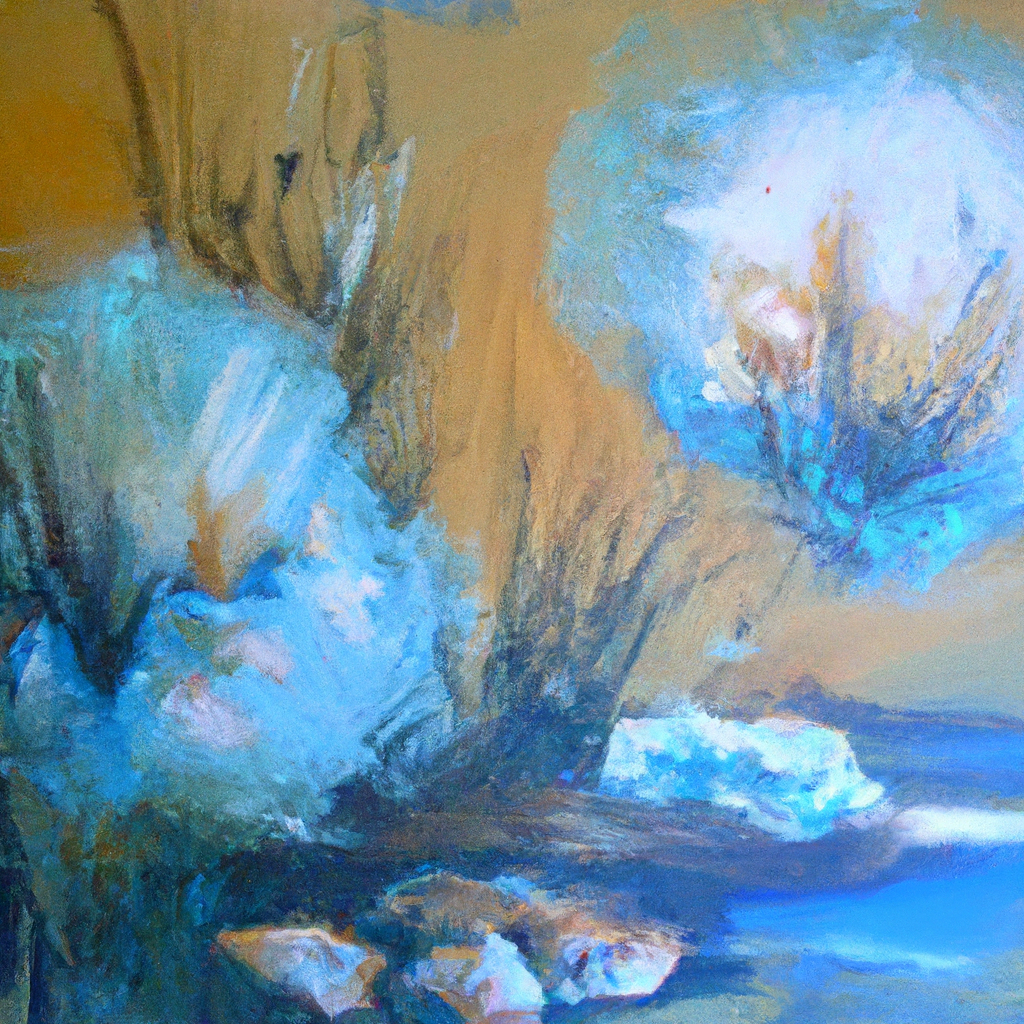Pastel painting is a unique type of art form that involves using pastel sticks to create beautiful and vivid works of art. It is a medium that is often favored by many artists because of its versatility and ability to produce rich, vibrant colors. In this article, we will explore the techniques involved in creating pastel painting.
Pastel Painting Techniques
1. Choosing the Right Paper
The first step in creating a pastel painting is to choose the right paper. A good quality paper with a toothy surface is ideal for pastel painting as it allows the pastel to adhere better to the surface, creating a more vibrant and textured effect. There are various types of papers to choose from, including sanded paper, velour paper, and pastel paper. It is important to experiment with different types of paper to find the one that suits your style and preferences.
2. Layering
Layering is one of the most important techniques in pastel painting. It involves building up layers of pastel on the paper to create depth and texture in the painting. The first layer should be light and thin, allowing for subsequent layers to be added on top. The key is to blend the colors together to create a smooth transition between the layers.
3. Blending
Blending is another important technique in pastel painting. It involves using a blending tool, such as a blending stump or your fingers, to blend the colors together. This helps to create a smooth and seamless transition between the colors, giving the painting a more polished look.
4. Cross-Hatching
Cross-hatching is a technique that involves using small strokes of pastel in different directions to create texture and depth in the painting. It is a useful technique for creating the illusion of fur, hair, or grass. The key is to use different colors and strokes to create a realistic effect.
5. Scumbling
Scumbling involves using a dry pastel stick to gently drag the pastel over the surface of the paper. This creates a soft, blurred effect that is ideal for creating backgrounds or atmospheric effects. It is important to use a light touch when scumbling to avoid smudging or overworking the painting.
Pastel Art Tips
1. Use a Fixative
Using a fixative is essential in pastel painting. It helps to prevent the pastel from smudging or rubbing off the paper. There are various types of fixatives to choose from, including workable and final fixatives. Workable fixatives allow you to continue working on the painting, while final fixatives are used to set the final layer of pastel.
2. Experiment with Different Techniques
Experimenting with different pastel painting techniques is essential for developing your style and improving your skills. Don’t be afraid to try new techniques or combine different techniques to create unique effects.
3. Use Reference Photos
Using reference photos is a great way to improve your pastel painting skills. It helps to ensure that your painting is accurate and realistic. It is important to choose high-quality reference photos with good lighting and clear details.
How to Pastel Paint for Beginners
1. Start with Simple Subjects
When starting out with pastel painting, it is important to start with simple subjects such as still life or landscapes. This will help you to develop your skills and build your confidence.
2. Invest in Quality Materials
Investing in quality materials is essential in pastel painting. This includes good quality pastel sticks, paper, and fixatives. Using cheap materials can result in poor quality paintings and frustration.
3. Practice, Practice, Practice
Practice is key to improving your pastel painting skills. Set aside time each day to practice and experiment with different techniques. Don’t be afraid to make mistakes, as this is part of the learning process.
Pastel Drawing Techniques
1. Use a Light Touch
Using a light touch when drawing with pastels is important to avoid smudging or overworking the drawing. It is important to build up the layers gradually, using a light touch to create texture and depth.
2. Use Different Strokes
Using different strokes is important in pastel drawing. This includes using long, sweeping strokes for larger areas and short, quick strokes for smaller details. It is important to experiment with different strokes to create different effects.
3. Blend Colors
Blending colors is essential in pastel drawing. It involves using a blending tool, such as a blending stump or your fingers, to blend the colors together. This helps to create a smooth and seamless transition between the colors.
In conclusion, pastel painting is a beautiful and versatile art form that requires patience, practice, and experimentation. By using the right techniques and materials, anyone can create stunning pastel paintings and drawings. Remember to always experiment with different techniques and subjects to develop your skills and style. Happy painting!







